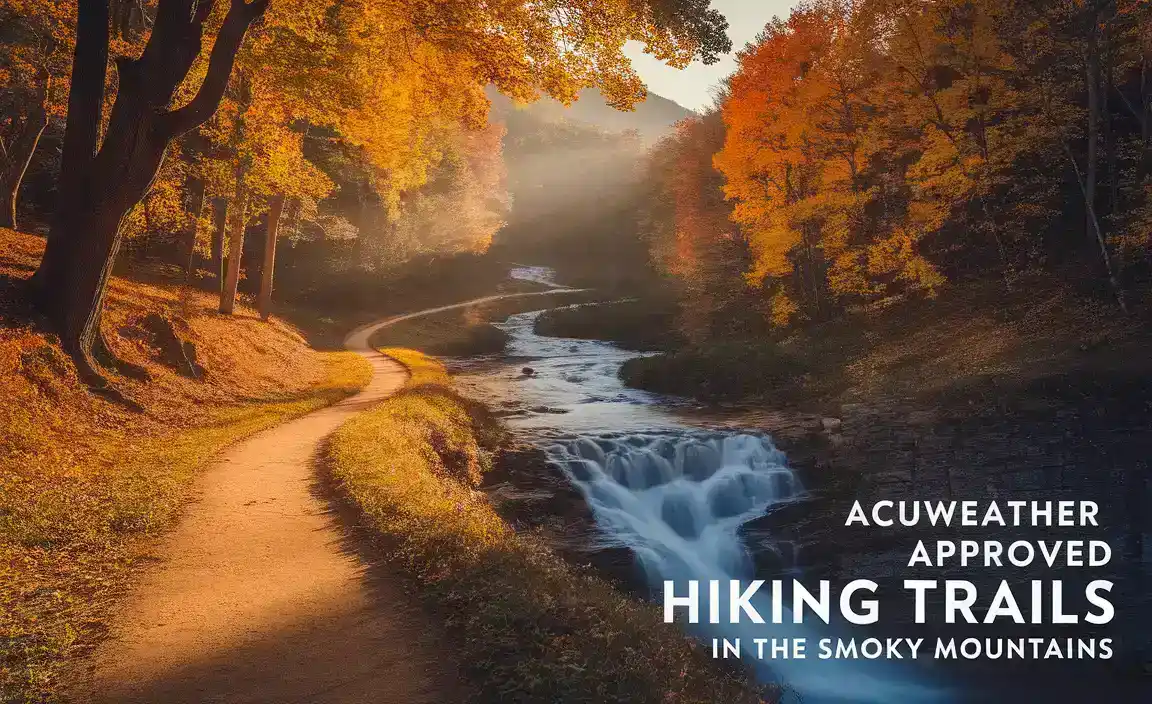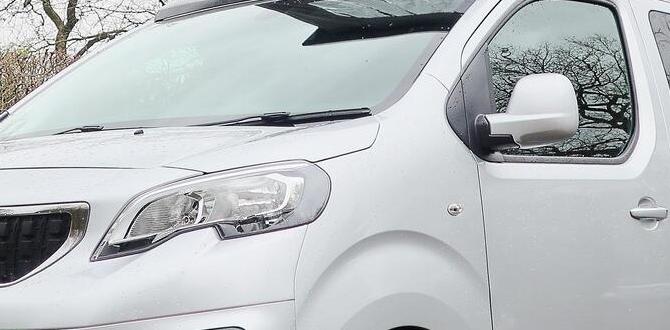Discover Auckland’s most breathtaking sunrise and sunset photo spots with this easy-to-follow guide. Capture stunning cityscapes and coastal views with our top recommendations for photographers of all levels, ensuring you don’t miss a magical moment.
Auckland Sunrise & Sunset Photo Spots: Your Essential Guide
Chasing the perfect sunrise or sunset can feel like a quest, especially in a vibrant city like Auckland. You want that postcard-perfect shot, but where do you even begin? Finding the ideal spot with the right light and a great foreground can be tricky, leading to missed opportunities and a touch of frustration. But don’t worry! As your go-to guide for making travel simpler and more enjoyable, I’m here to share the secrets to capturing Auckland’s most spectacular daily sky shows. Forget the guesswork; we’ll guide you step-by-step to stunning photos that’ll make your friends green with envy. Let’s explore what makes Auckland’s horizons so magical and where to find the best views!
Why Auckland is a Photographer’s Dream for Sunrises & Sunsets
Auckland, with its unique geography straddling two major harbours and dotted with volcanic cones, offers an incredibly diverse canvas for photographers. The interplay of water, land, and sky creates dynamic scenes that are amplified by the gentle golden hues of sunrise and the fiery drama of sunset. Whether you’re after a panoramic cityscape, a tranquil coastal silhouette, or a dramatic reflection on the water, Auckland delivers. The city’s many elevated points provide perfect vantage points, while its extensive coastline offers a wealth of opportunities for capturing the sun dipping below the horizon or peeking over the rim of the world. Understanding these natural advantages helps us pinpoint the best locations.
Planning Your Photo Adventure: Essential Tips for Beginners
Before you venture out, a little preparation goes a long way. Capturing the best light means being in the right place at the right time, and that requires a bit of planning. Here’s how to set yourself up for success:
1. Check the Weather & Sun Times
This is your most crucial step. Cloudy skies can sometimes offer beautiful, diffused light and dramatic colours, but a completely overcast day might obscure the sun entirely. Use reliable weather apps and websites to gauge cloud cover and visibility. Websites like NIWA (National Institute of Water and Atmospheric Research) are excellent for New Zealand’s specific weather patterns.
Sunrise and sunset times change daily and seasonally. Apps like PhotoPills or even your phone’s built-in clock app can provide precise times for when the sun will rise and set in Auckland for your chosen date. Aim to arrive at your chosen spot at least 30 minutes before the advertised time to find parking, set up your gear, and soak in the pre-dawn or pre-dusk atmosphere.
2. Know Your Gear
You don’t need the most expensive camera to get great shots. Most modern smartphones have excellent cameras. However, a few simple accessories can boost your results:
- Tripod: Essential for sharp photos, especially in low light. It keeps your camera steady, allowing for longer exposures without blur.
- Extra Battery: Cold weather and long waits can drain batteries faster than you expect.
- Lens Cloth: To wipe away any sea spray or dust for a clear shot.
- Wide-angle Lens (optional): Great for capturing expansive landscapes.
- Remote Shutter Release (optional): Helps avoid camera shake when pressing the shutter button.
3. Scout Your Location (if possible)
If you have the time, visit your chosen spot during daylight to get a feel for the area. Note potential compositions, identify any obstacles, and figure out the best parking. This reconnaissance mission can save you valuable time and stress when you’re chasing the light.
4. Dress for Comfort
Mornings can be chilly, and evenings can get cool, especially by the water. Dress in layers. Comfortable walking shoes are a must, as some spots might involve a short hike. If you’re travelling with family, having essentials like snacks and perhaps even travel-friendly comfort items like stress-free travel solutions for adults can make the experience smoother for everyone.
Top Auckland Sunrise Photo Spots
The early bird definitely catches the worm, or in this case, the spectacular sunrise colours painting the Auckland skyline. Here are some of the best places to greet the day with your camera.
1. Mount Victoria, Devonport
Why it’s great: This is a classic for a reason. Mount Victoria offers panoramic views across the Waitematā Harbour, back towards the Auckland CBD, and out to Rangitoto Island. The summit is easily accessible, and the 360-degree views mean you can capture the sun rising over the Hauraki Gulf, illuminating the city skyline.
What to capture: The sun emerging behind the Sky Tower and city buildings, the harbour bathed in golden light, and the silhouette of Rangitoto. The historical gun emplacements can also add interesting foreground elements.
Tips: Park near the summit road or walk up. It can get busy on clear mornings, so arrive early.
2. One Tree Hill / Maungakiekie
Why it’s great: As one of Auckland’s most significant volcanic cones, Maungakiekie offers commanding elevated views. While the famous tree is gone, the summit still provides expansive vistas. The wide-open spaces around the summit allow for a sense of grandeur.
What to capture: The sunrise casting long shadows across the fields below, the city peeking over the rolling landscape, sheep grazing (if you’re lucky), and the vast eastern horizon. If you can include the iconic obelisk, it adds a strong focal point.
Tips: Access is generally open from early morning. Be mindful of the paths and park boundaries. The climb to the summit is gentle.
3. Rangitoto Summit Track
Why it’s great: For a truly iconic Auckland sunrise, taking the ferry to Rangitoto Island and hiking to the summit is an unforgettable experience. You’ll be high above the harbour, with unobstructed views looking back towards the city and across the gulf.
What to capture: The sun rising over the eastern horizon with the silhouette of Waiheke Island or the mainland in the distance. The city skyline appearing as dawn breaks over the water is breathtaking. Lava caves are also an interesting photographic subject before the light gets too harsh.
Tips: Check the last ferry times carefully – you don’t want to miss it! The hike takes about an hour to the summit. Wear sturdy shoes and bring water. You’ll need to book ferry tickets in advance, especially on weekends.
4. Sentinel Beach, Herne Bay
Why it’s great: Sentinel Beach offers a lower-angle perspective looking east across the harbour towards the city. It’s a lovely spot for capturing the sunrise reflecting on the calm water, especially with the boats moored in the bay.
What to capture: The reflection of the sunrise colours on the water, the silhouettes of moored yachts, and the awakening city skyline. The gentle curve of the beach can also create a pleasing composition.
Tips: Parking can be difficult in Herne Bay, so consider public transport or arriving very early. This spot is best on clear mornings for maximum impact.
5. Ambury Regional Park, Mangere
Why it’s great: This coastal park offers wide-open spaces and stunning views across the Manukau Harbour. It’s a bit further out but provides a more natural and less urbanised sunrise experience.
What to capture: The sun rising over the wetlands and mudflats of the Manukau Harbour, birds in their natural habitat, and the gentle landscape. The contrast between the wilder park and the distant city lights can be compelling.
Tips: Check access times for the park. The terrain is relatively flat, making it easy to walk around and find your perfect shot.
Top Auckland Sunset Photo Spots
As the day winds down, Auckland’s western and northern horizons put on a show. Sunsets here can be dramatic and vibrant, painting the sky with fiery oranges, pinks, and purples.
1. Piha Beach
Why it’s great: Famous for its rugged beauty, black sand, and dramatic Lion Rock, Piha is an iconic west coast sunset destination. The vastness of the Tasman Sea stretching out before you is awe-inspiring.
What to capture: The sun descending into the Tasman Sea, the dramatic silhouette of Lion Rock, the texture of the wet black sand reflecting the sky, and surfers catching the last waves. High tide can create stunning reflections on the sand.
Tips: Be aware of the ocean conditions; the surf can be powerful. Lion Rock is accessible via a short walk, offering elevated views. Allow ample travel time as Piha is a scenic drive from the city.
2. Bastion Point, Mission Bay
Why it’s great: Bastion Point offers elevated views looking west over Rangitoto and the Hauraki Gulf, as well as looking back towards the city. It’s a popular spot for picnics and enjoying the evening light.
What to capture: The sun setting behind Rangitoto Island, the city skyline bathed in golden hour light, and boats sailing on the harbour. The large green lawns and monumental structures provide opportunities for foreground interest.
Tips: Easily accessible by car with parking available. The grassy slopes are perfect for setting up a picnic while you wait for the show.
3. Auckland Harbour Bridge
Why it’s great: While you can’t (safely) photograph from the bridge easily without a tour, viewing the sunset with the bridge as a prominent feature is spectacular. Spots on the North Shore offer great perspectives.
Why it’s great for sunset: The bridge acts as a striking architectural element against the colourful sky. The water below often reflects the vibrant hues, creating a multi-layered shot.
What to capture: The silhouette of the bridge against a colourful sunset, the lights of the city twinkling on as dusk settles, and reflections in the Viaduct Harbour or from North Shore beaches.
Tips: For North Shore views, consider Little Shoal Bay or beaches in Northcote. Driving and parking near the bridge itself can be challenging, so viewing from a distance is often more rewarding for photographers.
4. Te Atatu Peninsula Walkway
Why it’s great: This walkway offers uninterrupted views across the Waitematā Harbour towards the west and city. It’s less crowded than other spots and provides a peaceful setting.
What to capture: The sun dipping towards the horizon across the expansive water, the reflections on the calm harbour, and the distant CBD skyline. The long, flat expanse of the walkway can lead the viewer’s eye into the sunset.
Tips: This is a great spot for those seeking tranquility. Parking is available along the walkway. It’s also a good option for families who might need a comfortable place to sit and enjoy the view.
5. Bethells Beach (Waitakere Ranges)
Why it’s great: Another stunning west coast beach, Bethells offers dramatic cliffs, a lagoon, and the relentless Tasman Sea. It’s wilder than Piha and often less crowded.
What to capture: The sun melting into the ocean, the imposing cliffs framing the scene, and the dramatic surf. The unique landscape with the lagoon can create interesting photographic opportunities.
Tips: Requires a drive into the Waitākere Ranges. The track down to the beach can be slippery, especially after rain. Like Piha, always be mindful of the ocean’s power.
Sunrise vs. Sunset: Which is Better for Photography?
Both sunrise and sunset offer unique photographic opportunities, and neither is definitively “better” – it depends on what you want to achieve and your personal preference.
| Aspect | Sunrise | Sunset |
|---|---|---|
| Light Quality | Generally softer, more diffused, and golden. Often has a serene, early-morning feel. | Can be more intense, with fiery oranges, reds, and purples. Often more dramatic and dynamic. |
| Atmosphere | Quiet, peaceful, a sense of a new beginning. Fewer people typically around. | More people often present, a sense of winding down the day. Can feel more social. |
| Challenges | Requires very early wake-up. Can be cold. Fog or low cloud can be an issue. | Can be crowded. Western skies can sometimes be hazy or obscured by clouds closer to the sea. |
| Colours | Often softer pastels, warm golds, and gentle pinks. | Can be more vibrant and intense, with deep reds, oranges, and dramatic purples. |
| Compositional Elements | City skylines emerging from darkness, water reflections with clearer skies. | Silhouettes of landscapes and landmarks, dramatic clouds. |
For beginners, sunsets might feel slightly easier to manage as you don’t have to wake up in the middle of the night. However, the soft, clear light of a sunrise can be incredibly forgiving and beautiful, especially when capturing cityscapes with reflective water. Don’t limit yourself; try both and see which you enjoy more!
Advanced Tips for Capturing That Perfect Shot
Once you’ve got the basics down, here are a few extra tips to elevate your Auckland sunrise and sunset photography:
- Golden Hour & Blue Hour: The “golden hour” is the period shortly after sunrise and before sunset, when the light is soft and warm. The “blue hour” is the twilight period about 20-30 minutes before sunrise and after sunset, when the sky has a deep blue hue. Experiment with shooting during both.
- Composition is Key: Don’t just point and shoot. Think about foreground interest (rocks, people, leading lines), the rule of thirds, and framing your subject.
- Focus on Reflections: Water bodies like the harbours and beaches are your best friends. A calm surface can create stunning mirror images of the sky. Use a polarizing filter to enhance reflections and saturation.
- Embrace Silhouettes: Position yourself so that a prominent object (like Lion Rock at Piha, or the Sky Tower from a distance) is between you and the setting/rising sun. This creates a dramatic black silhouette.
- Play with Exposure: Don’t be afraid to deliberately underexpose slightly to retain the vibrant colours in the sky, especially during sunset. Your camera’s histogram is your friend here!
- Utilize HDR: High Dynamic Range (HDR) techniques can help capture detail in both the bright sky and darker foregrounds, especially useful if your camera struggles with the contrast.
Understanding Light: The Photographer’s Best Friend
Light is everything in photography. For sunrises and sunsets, we’re talking about two types of light that are particularly magical:
Direct Light: This is the unfiltered light from the sun itself. During sunrise and sunset, this light travels through more of the Earth’s atmosphere, which scatters the blue light and lets the warmer tones (yellows, oranges, reds) through. This is what gives us those incredible colours.
Reflected Light: As the sun’s rays hit water, sand, buildings, or clouds, they bounce off and illuminate these surfaces. This reflected light adds depth, colour, and texture to your scene. For instance, the wet black sand at Piha or the calm harbour waters are fantastic at ‘picking up’ and displaying the sunset colours.
Learning to see and use these light qualities is what transforms an ordinary snapshot into a captivating photograph. Pay attention to how the light falls, where the shadows are, and how colours are distributed across the scene.
Accessibility and Convenience
Auckland has made great strides in making its natural beauty accessible. Many of the spots mentioned, like Bastion Point and Mount Victoria, have car parks and paved paths. Public transport options are also available for some locations. For families or individuals who might have specific comfort or mobility needs during their adventures, planning ahead is key. For example, ensuring you have convenient access to necessary personal care items, such as comfortable and reliable adult diapers or child-friendly options, can significantly reduce stress and allow everyone to focus on enjoying the breathtaking scenery. Journey Essentials believes that practical solutions enable stress-free




